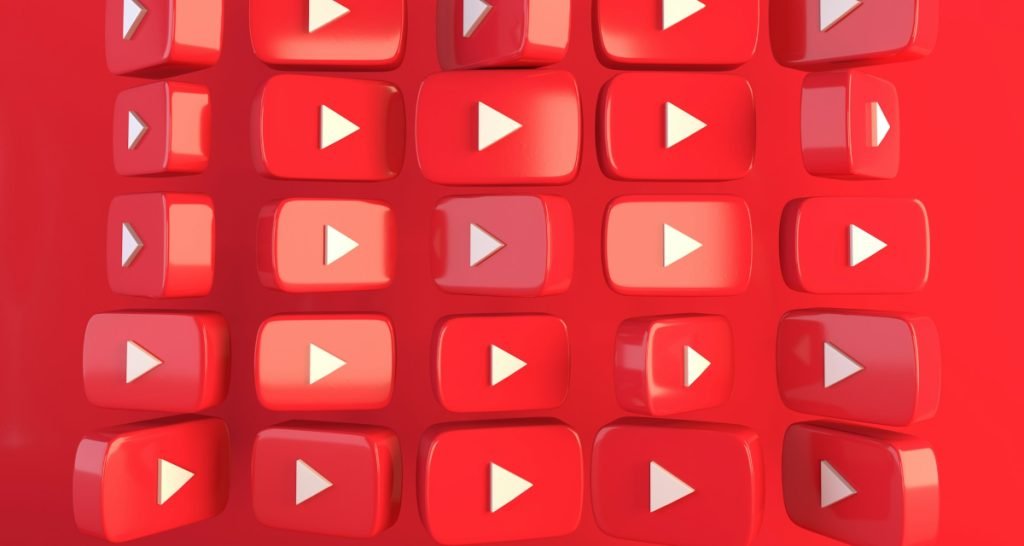YouTube, having dethroned Spotify in the podcasting realm, now ranks second in overall U.S. TV usage, according to Nielsen. Photo Credit: Javier Miranda
Spotify is plowing ahead with a video expansion, but as podcasting continues to evolve, it has a long way to go before catching up to YouTube and other well-entrenched players.
The hard numbers behind that uphill battle come from Nielsen, and specifically its “Media Distributor Gauge” for October. Officially launched this past May, said Gauge is billed as a “cross-platform view of total TV consumption across broadcast, cable and streaming.”
Of course, when it comes to on-demand video giants such as Netflix, the network-by-network breakdown solely charts streaming. Bearing the important point in mind – besides the reach of YouTube TV, which reportedly boasts north of eight million U.S. subs – the overarching YouTube ranked second for October with a 10.6% domestic consumption share, per the resource.
That was behind Disney (11.7%) but well above sixth-ranked Netflix (7.5%), which previously reported 84.8 million Q3 2024 paid subscriptions across the U.S., Canada, Australia, and New Zealand. Meanwhile, Spotify isn’t featured on October’s Media Distributor Gauge, which has a 1% consumption-share “minimum reporting threshold.”
In other words, YouTube’s U.S. presence is hardly confined to computers and mobile devices, with many turning to the Google-owned platform for at-home entertainment via their smart TVs.
And against the backdrop of Spotify’s initially mentioned video buildout – execs elaborated upon the initiative earlier this month – the stat is important on multiple levels. Most immediately, Spotify has a lot of ground to cover before seriously challenging YouTube in the video-consumption realm.
While this might appear obvious, it should be noted that YouTube has quietly topped Spotify in podcasting, largely because of video programming’s unlikely ascent, despite the latter’s hundreds of millions of dollars’ worth of related investments.
Evidently, dropping sizable sums on media – Spotify has shifted away from exclusive podcast deals but is reportedly offering content creators multimillion-dollar contracts – doesn’t guarantee sustainable long-term growth.
Nor does leveraging considerable userbases; though the Prime Video operator Amazon placed eighth on Media Distributor Gauge for October with 3.6%, Apple TV+, home to a collection of exclusive programming, didn’t rank at all.
Nevertheless, Spotify claims that audiobooks, notwithstanding their availability elsewhere, are generating material on-platform consumption. It remains to be seen how quickly existing users will embrace video (podcasts and otherwise) – and how many non-Spotify users will migrate to the platform at least partially because of the format’s wider availability – in light of the new push.
But the market remains decidedly bullish when it comes to Spotify’s diversification as well as adjacent operational recalibrations. And with a video-podcast monetization program set to kick off early next year, we’ll soon know more about the results behind Spotify’s latest non-music expansion.
As explored in detail by DMN Pro, the podcast sphere looks far different than it did in the not-so-distant past, and YouTube is inherently well-positioned to keep on capitalizing.

